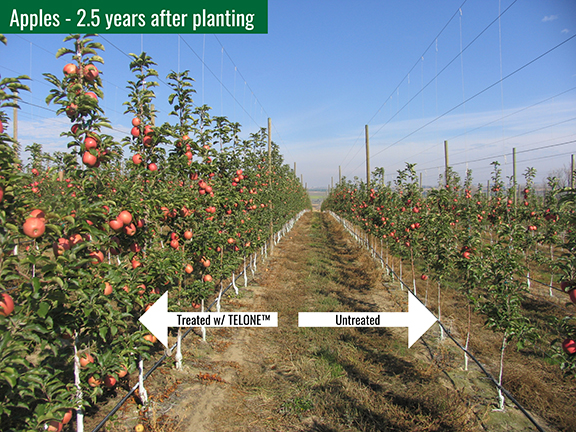How the Practice of Keeping Pesticide Sprays in Place Just Got Easier
Drift risk is dictated by two primary atmospheric factors: too much wind and inversion. Also instrumental are temperature and humidity.
“As air becomes hotter and/or drier, the spray droplets evaporate more quickly,” Mark Battany, University of California Cooperative Extension Water Management and Biometeorology Advisor, San Luis Obispo and Santa Barbara counties, says. “They become smaller and therefore more prone to be drifting.”
As for inversion, Battany believes growers do not sufficiently consider the conditions — warmer air occurring above a parcel of colder air — in the application of pesticides. How can they improve the situation?
“It’s been my contention that actual measurements of these conditions would be far more useful to us,” he says. “Then we can get data in real time and have it available and not have to look at clouds, or dew, or listen to your neighbor’s radio.”
The remedy is “quite simple,” Battany says. Conventional weather stations can be fitted with homemade masts that rise 30 feet in the air to measure air temperature.
“If that air temperature at 30 feet is warmer than the air temperature at 5 feet, that means we have an inversion. That might be occurring, for example, at night,” Battany says. “During the daytime, air temperatures near the ground may be warmer, and we may not have an inversion at that time.”
The mast costs about $300 dollars to add to the weather station, Battany says. “It’s not really an advanced technology or something very high tech. We’re just simply applying some very simple measurements to gain value in the data,” he says.
Inversion strength and wind speed can then be correlated in real time to target the ideal point of day for growers to spray, for example, a fungicide against powdery mildew.










